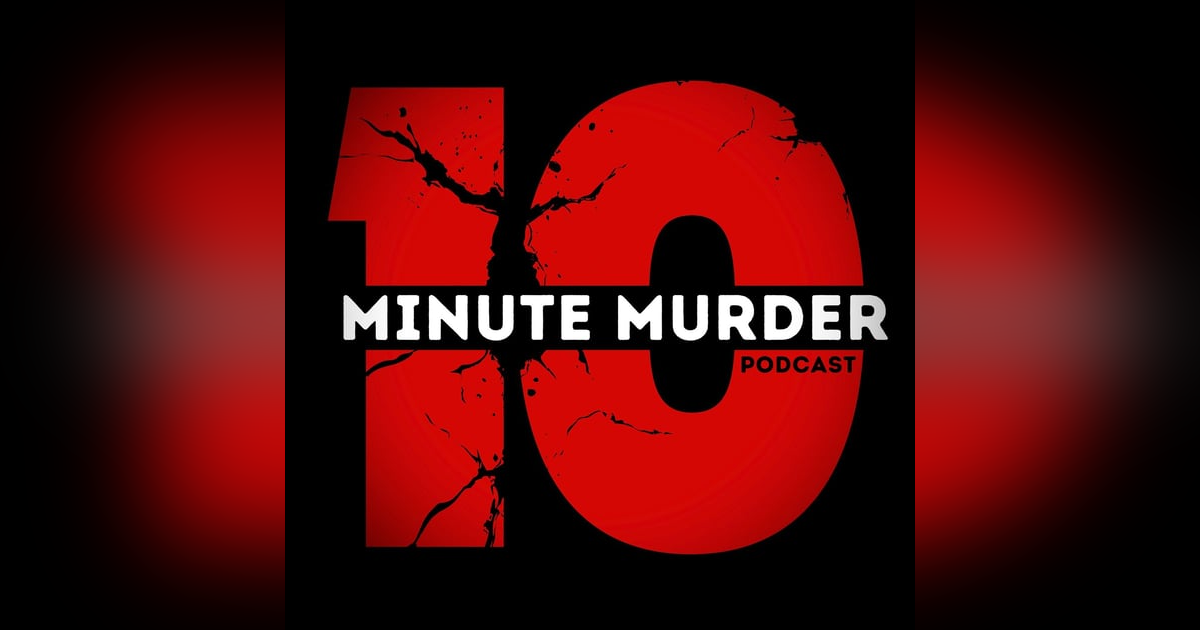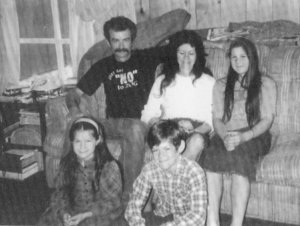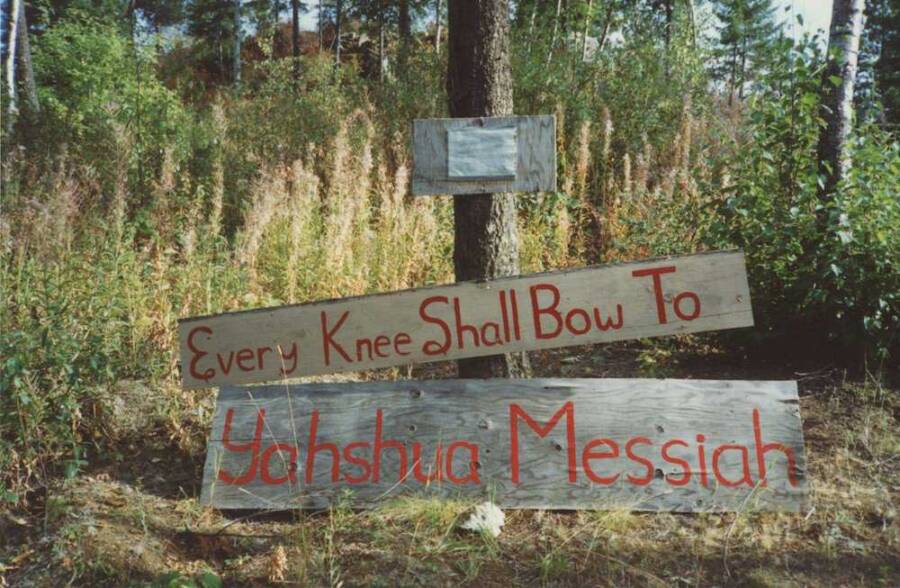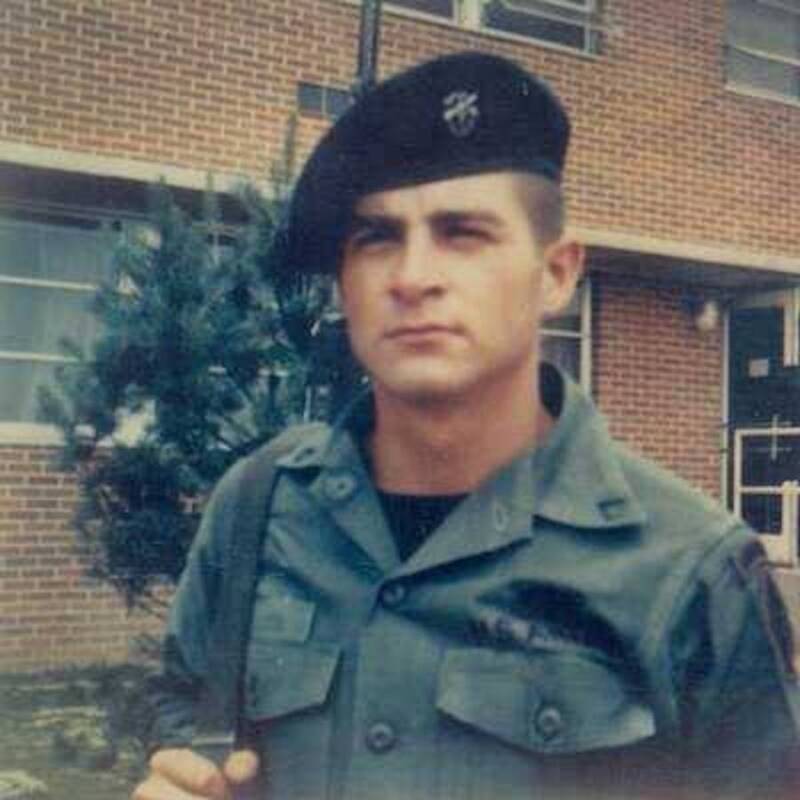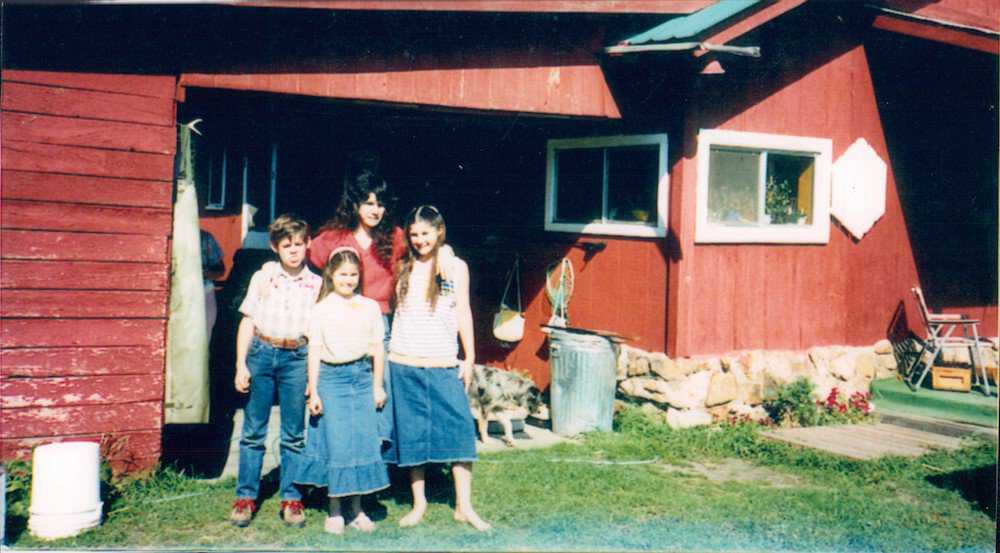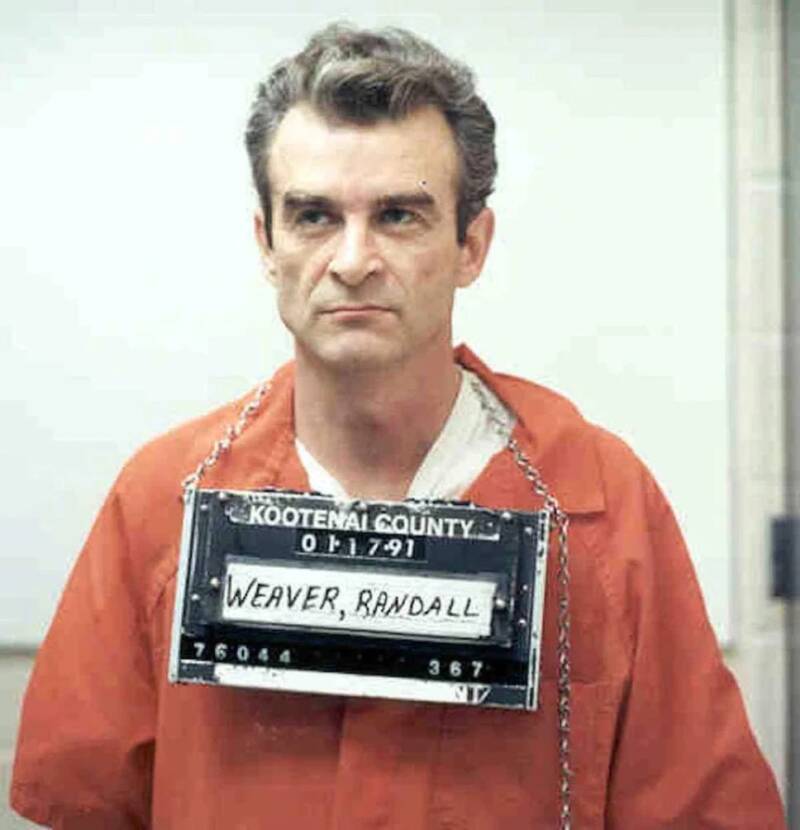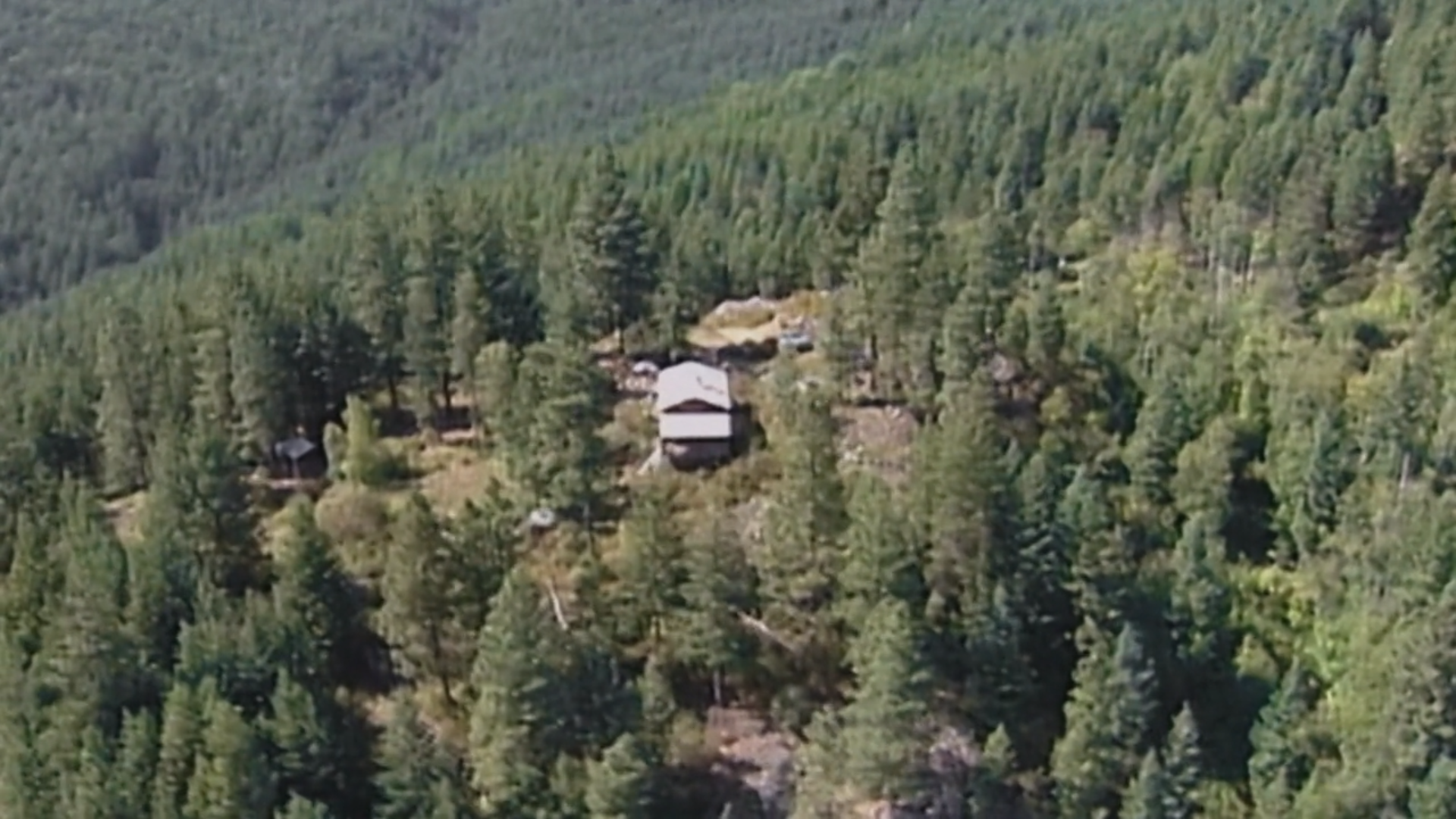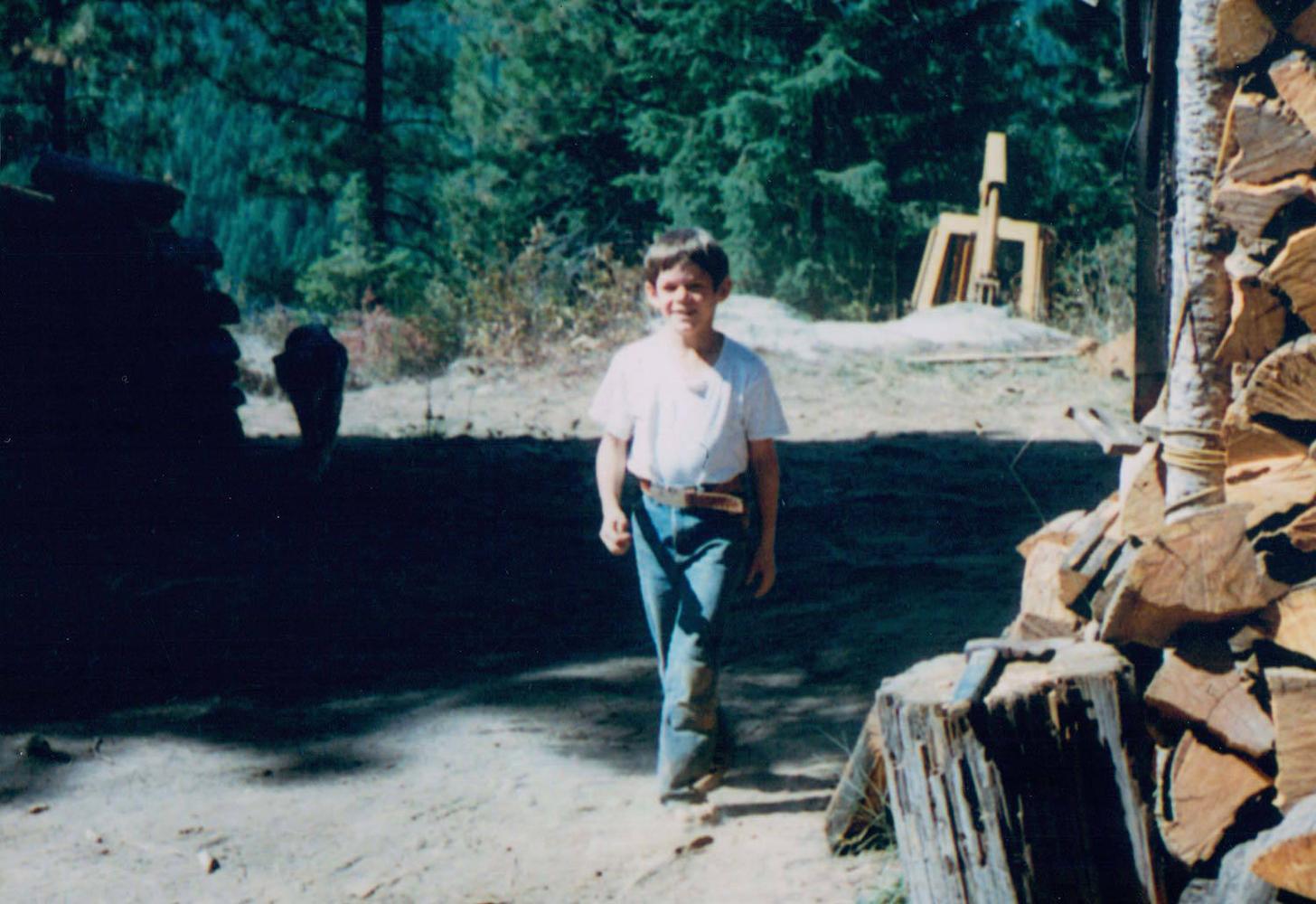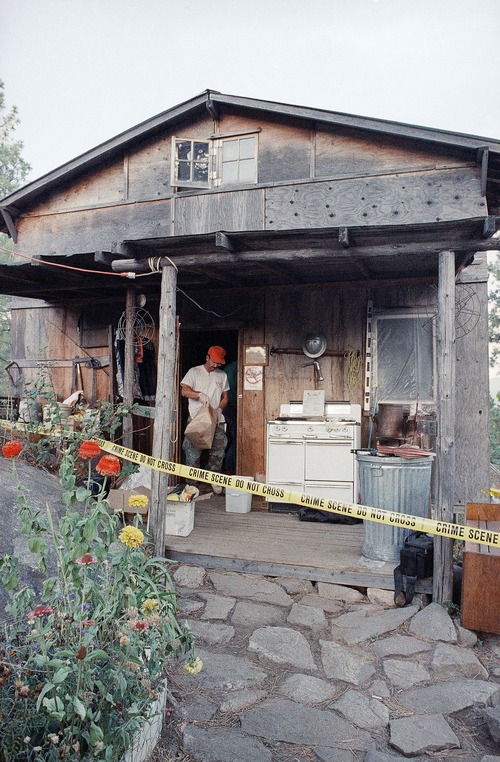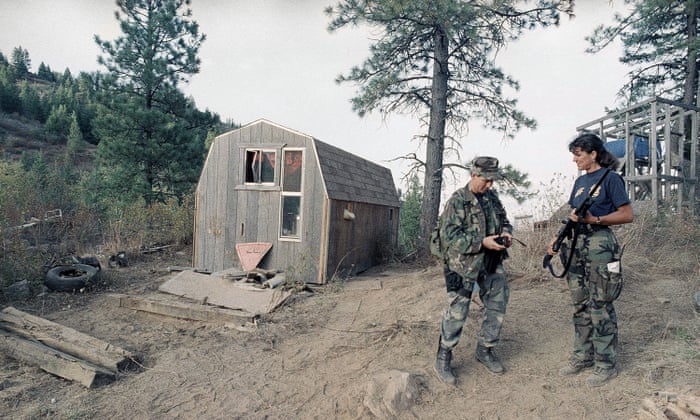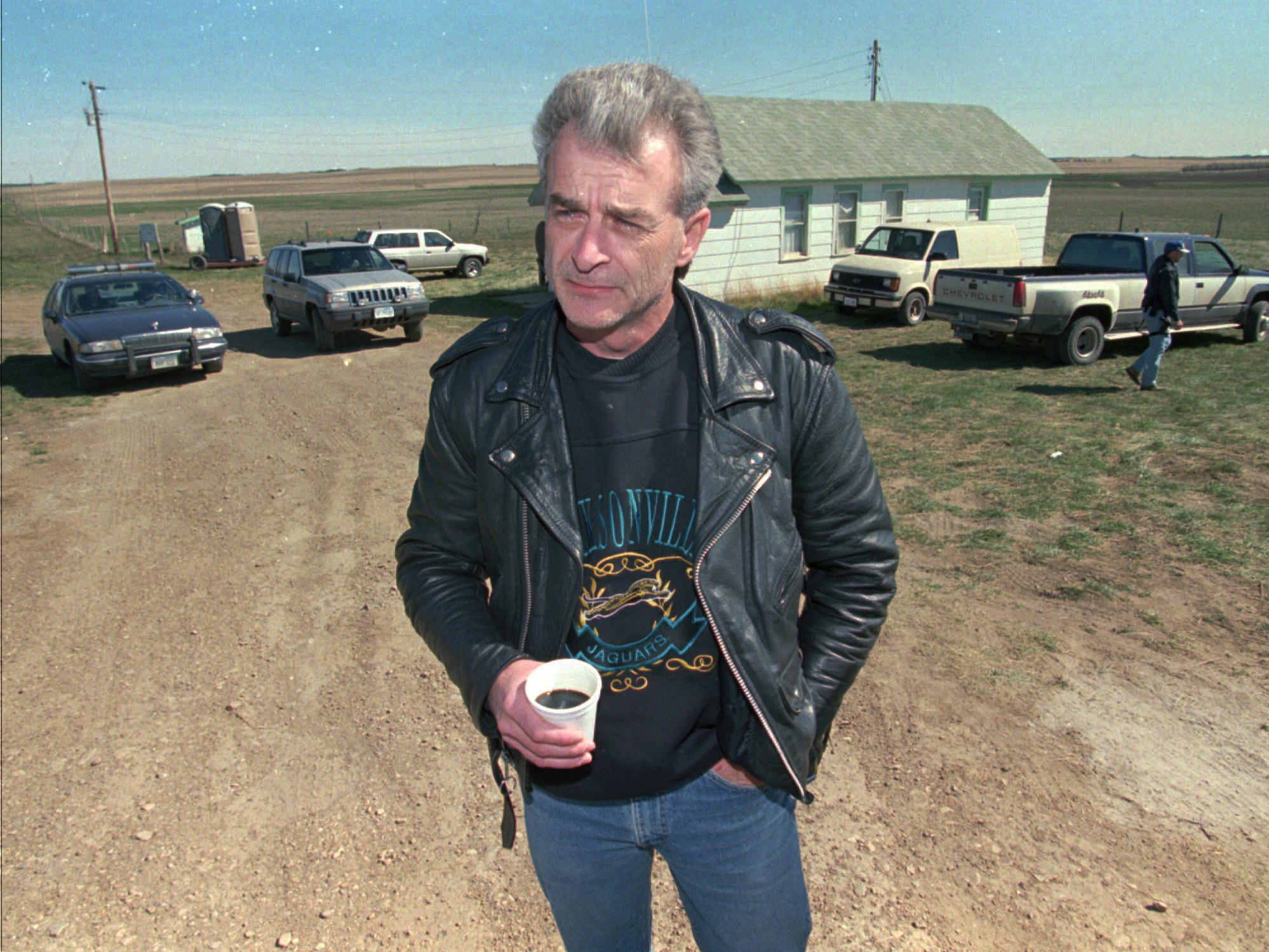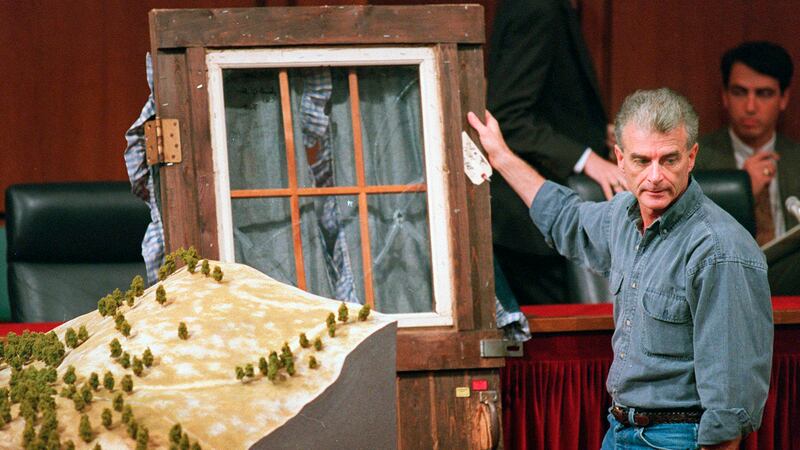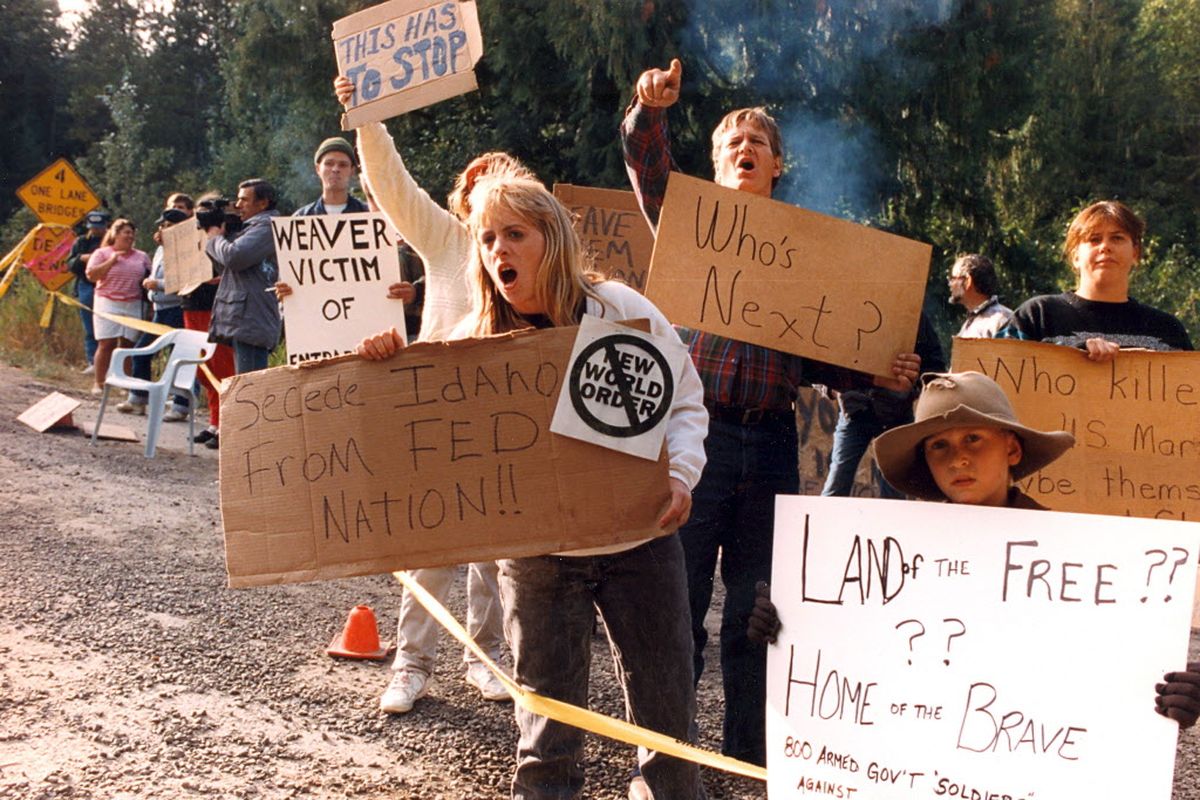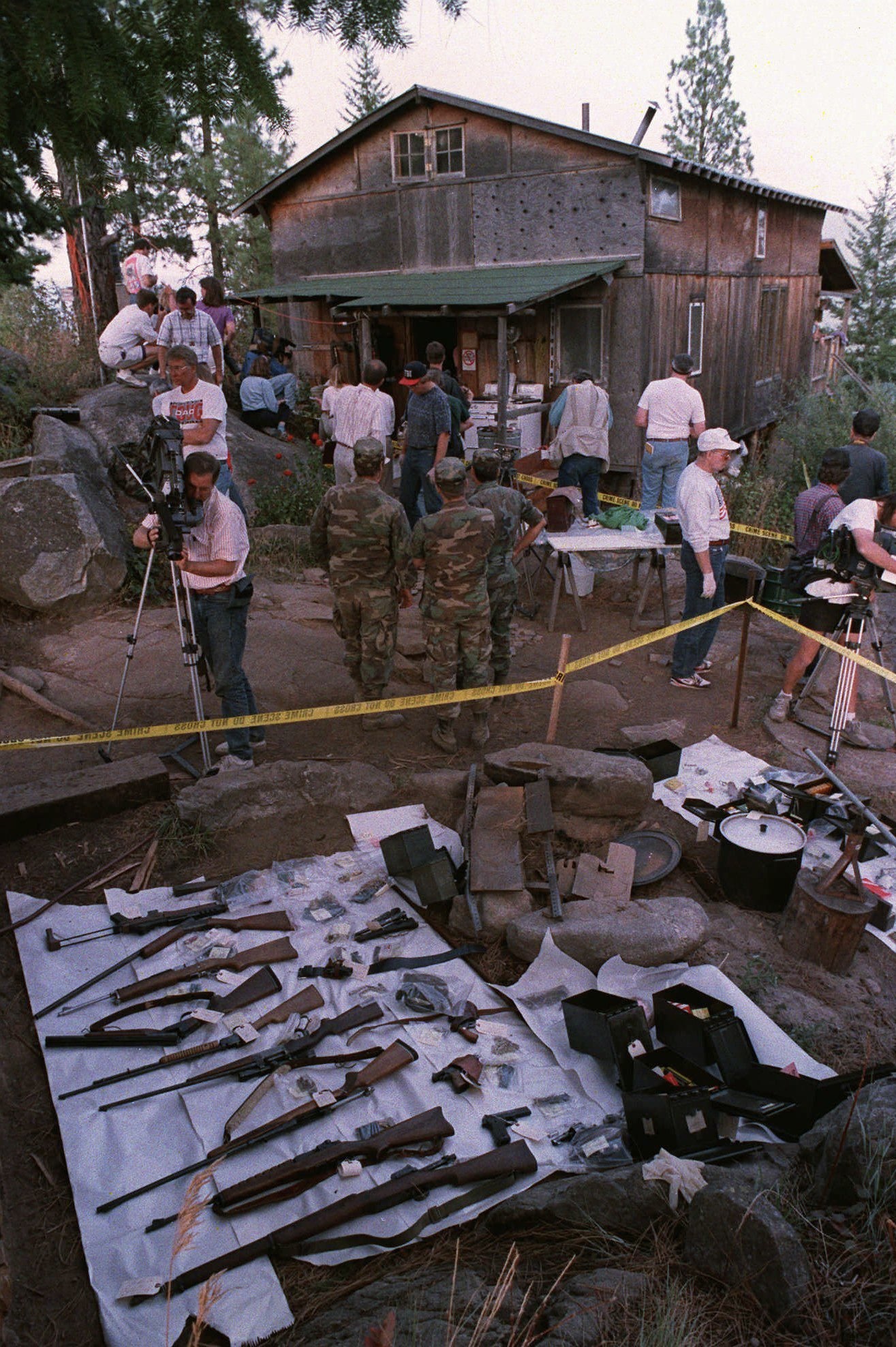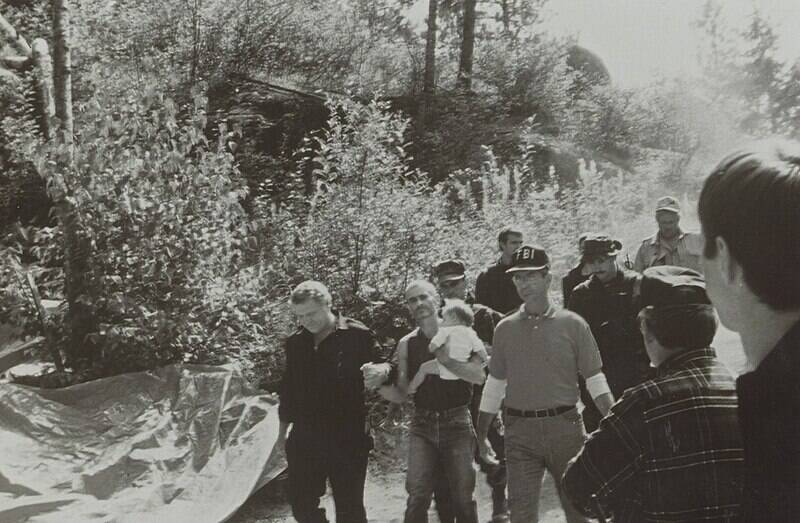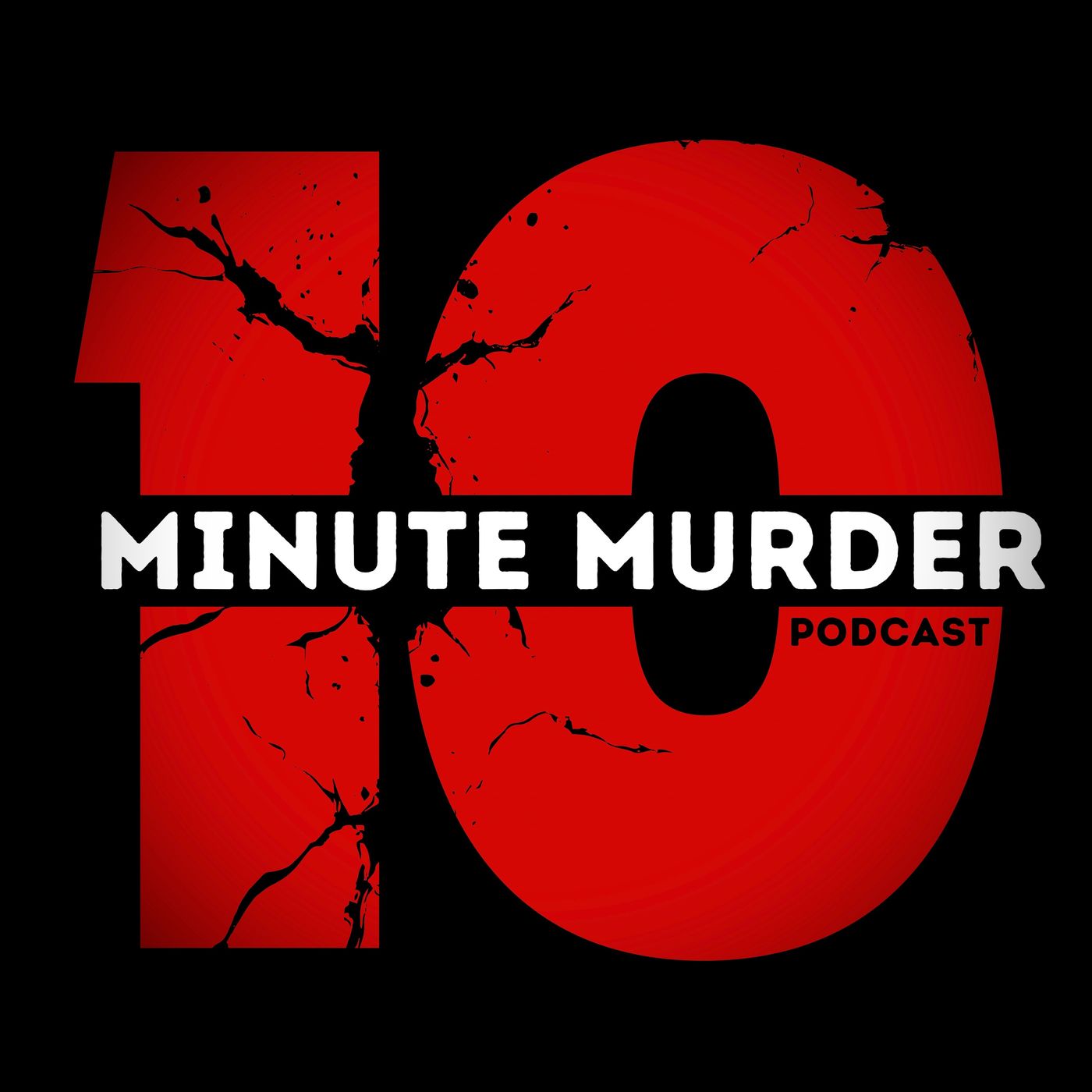Ruby Ridge Revisited: Fear, Firearms, and Family on the Edge

How the Weavers Ended Up on Ruby Ridge: A Family Seeking Shelter from the Storm
In the 1980s, Randy Weaver, an Iowa factory worker and former U.S. soldier, decided to take his wife Vicki and their four kids out to Idaho. Vicki was the family’s spiritual anchor, leading with strong beliefs that shaped their way of life. She’d been having this recurring dream about living on a mountain—a warning, at least to her, that the world as they knew it was heading for trouble.
Randy and Vicki saw the world around them as a mess of darkness and corruption. Their goal was simple: protect their kids from as much of that as they could. That led them to Ruby Ridge, Idaho, where they could homeschool, grow their own food, and basically unplug from what they viewed as a broken system.
Even in their isolated corner, conflict found them. They got tangled up with one of the few neighbors nearby, Terry Kinnison, over a $3,000 land dispute. Randy won the case, but Kinnison wasn’t about to forget the loss. More importantly, he made sure some powerful folks knew exactly what he thought of the Weavers.
When Neighbor Disputes Turned Into Federal Accusations
Burning over losing the land case, Terry Kinnison took things up a notch. He fired off letters to the FBI, the Secret Service, and his local sheriff, claiming that Randy Weaver had threatened the lives of President Ronald Reagan, Idaho’s Governor John Evans, and even Pope John Paul II. Yes, that Pope.
The Weavers somehow got wind of these serious accusations and fired back with letters of their own—this time to the President and the FBI. They said their enemies were trying to turn federal agencies against them.
You can see why they wanted to defend themselves. But sending those letters didn’t exactly help clear their name. If anything, it made things look even more tangled.
Investigation and Undercover Operations: How Randy Weaver Got Entangled with Federal Agents
The authorities took the accusations seriously and launched an investigation into the Weaver family. Randy and Vicki faced interviews from the FBI, the Secret Service, and the county sheriff. No one could prove the Weavers had actually threatened anyone, but the Secret Service came away convinced Randy was involved with the Aryan Nations, a white supremacist group.
Randy denied the claims, but the suspicion stuck. Part of the problem: he had attended at least three Aryan Nations meetings. At one of those, he unknowingly crossed paths with an informant working for the Bureau of Alcohol, Tobacco and Firearms, or ATF.
The Secret Service and ATF suspected Randy was hoarding a large firearms stash on his property. To get a search warrant, they needed evidence. So, the ATF turned one of the Aryan Nations members into an informant. This informant acted as an illegal arms dealer and quickly gained Randy’s trust, enough to be introduced to the family.
According to the allegations, Randy sold the informant two illegally modified sawed-off shotguns. That was enough for the ATF to move in. But their focus was bigger—they wanted to take down the Aryan Nations as a whole.
They offered Randy a deal: help bring down the Aryan Nations, and they’d drop the charges. Randy declined. After that, the ATF decided to arrest him. Knowing the arrest could get ugly, two agents staged a car breakdown on the side of the road. When Randy and Vicki stopped to help, they arrested him.
Court Mix-Ups and a Fugitive: How Randy Weaver Missed His Day in Court
After Randy was taken into custody, he made bail and was told to appear in court on February 19, 1991. Then the date changed to February 20, but here’s the kicker—the court never informed Randy directly. They only sent the new date to his court-appointed lawyer, Everett Hofmeister.
Turns out Everett was a disaster. First, he sent Randy a letter with the wrong court date—March 20 instead of February 20. Then he followed up saying he’d made a mistake and asked Randy to get in touch immediately.
Randy never responded. So, surprise, he missed the February 20 court appearance.
Because of that, a warrant was issued for his arrest—and it stayed active, even after Everett showed the judge the mix-up. The court wasn’t buying excuses.
From that point on, Randy Weaver was officially a fugitive.
Distrust and Defiance: How Randy Weaver Became a Man on the Run
Randy already didn’t have much faith in the government, and now his lawyer gave him even more reasons to doubt anyone. When he finally learned there was a warrant out for his arrest, he refused to turn himself in. He warned that any attempt to arrest him on his land would be met with resistance.
Part of his stubbornness came from what Everett told him—that if he lost the case, he’d lose his land and the government would take his kids. That turned out to be false, but Randy had no way to fact-check when the warning came from his own lawyer.
Once it was clear Randy wasn’t going to hand himself over, surveillance teams moved in on his property. They stayed back at first but close enough to see the family pick up weapons and get ready to defend their home whenever anyone came near.
False Alarms and Armed Standoffs: The Tension Builds at Ruby Ridge
Randy had made it clear he wasn’t going to give up without a fight, but no one knew exactly how far that would go.
Then, the media reported that Randy had fired on a government helicopter flying over the property—a serious claim that put the authorities on high alert. The problem? It was completely untrue. Marshalls on site and even the helicopter pilot told FBI agents there were no shots fired that day, especially not at the helicopter.
By then, though, it was too late. The idea that Randy would defend his family with force was firmly etched into the minds of law enforcement.
Come summer 1992, six U.S. Marshalls moved in, scouting the cabin to figure out the best time and place for an arrest. They hid in the surrounding forest, decked out in military camouflage, night-vision goggles, and armed with M16 rifles.
That’s when the family dog, a golden retriever named Striker, spotted them and charged into the woods toward the marshalls. Samuel Weaver, Randy’s 14-year-old son, and the family friend Kevin Harris followed. The family had been stuck in that cabin for a while, and when Striker took off like that, they hoped he’d found something they could hunt and eat.
The Ruby Ridge Shootout: How a Tragic Encounter Unfolded
Randy was in the woods that day too, and shortly after Striker bolted, the two groups—Randy’s small hunting party and the marshalls—ran into each other. The marshalls identified themselves just as Striker charged through the trees toward them. Then one of the marshalls fired, killing Striker right in front of Randy, Kevin Harris, and 14-year-old Samuel Weaver.
Samuel lost it. He allegedly shouted, “You’ve killed my dog, you son of a b*tch!” before picking up his rifle and firing back at the marshall who shot Striker.
Chaos erupted instantly. Both sides dove for cover and began shooting. Kevin Harris killed a marshall in the crossfire. It is widely believed that marshall Larry Cooper shot Samuel in the back of the head while he was trying to run back to the cabin, killing him instantly.
Both sides pulled back after the firefight, but the damage was done. The standoff escalated, and authorities brought in every available backup. FBI snipers took positions with clear views of the cabin.
One sniper, Lon Horiuchi, was watching when negotiators approached the Weavers, hoping to arrange a truce. But before talks could happen, Lon saw an opening. He shot Randy in the back while Randy was unlocking a shed. Randy was on his way to visit Samuel’s body.
Randy survived but was seriously wounded. As he, his 16-year-old daughter Sara, and Kevin Harris raced back to the cabin, Lon fired again. This bullet went through Kevin Harris’s chest and into Vicki Weaver, who was standing at the door holding her ten-month-old baby, Elisheba.
Vicki died instantly, clutching her baby.
Her death triggered an eleven-day standoff that finally ended when civilian negotiators brokered a truce and Randy and Kevin surrendered. The authorities got what they wanted: Randy in custody, but at a terrible cost.
During the siege, a memo surfaced from FBI Deputy Assistant Director Danny Coulson. Written before he knew Vicki was dead, it read exactly:
“Something to consider.
- Charge against Weaver is Bull Shit.
- No one saw Weaver do any shooting.
- Vicki has no charges against her.
- Weaver’s defense. He ran down the hill to see what dog was barking at. Some guys in camys shot his dog. Started shooting at him. Killed his son. Harris did the shooting. He is in a pretty strong legal position.”
The government had thrown everything they had at Randy Weaver, arguably without solid justification.
Kevin Harris survived his injuries and was acquitted of all charges. Randy Weaver was convicted only of missing his first court date, sentenced to eighteen months in prison, fined ten thousand dollars, and released after sixteen months.
In 1995, Randy sued the federal government and settled for over three million dollars.
